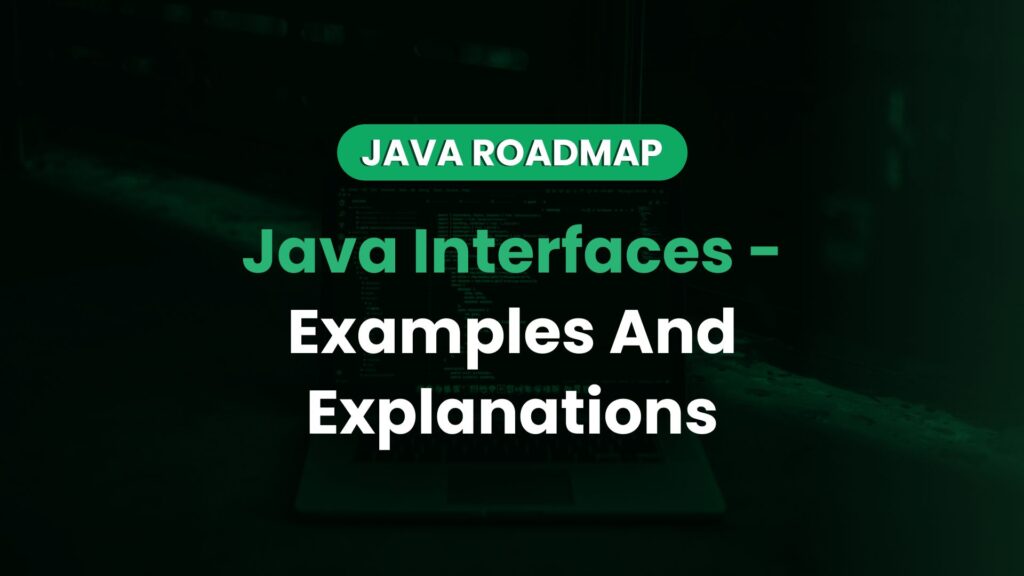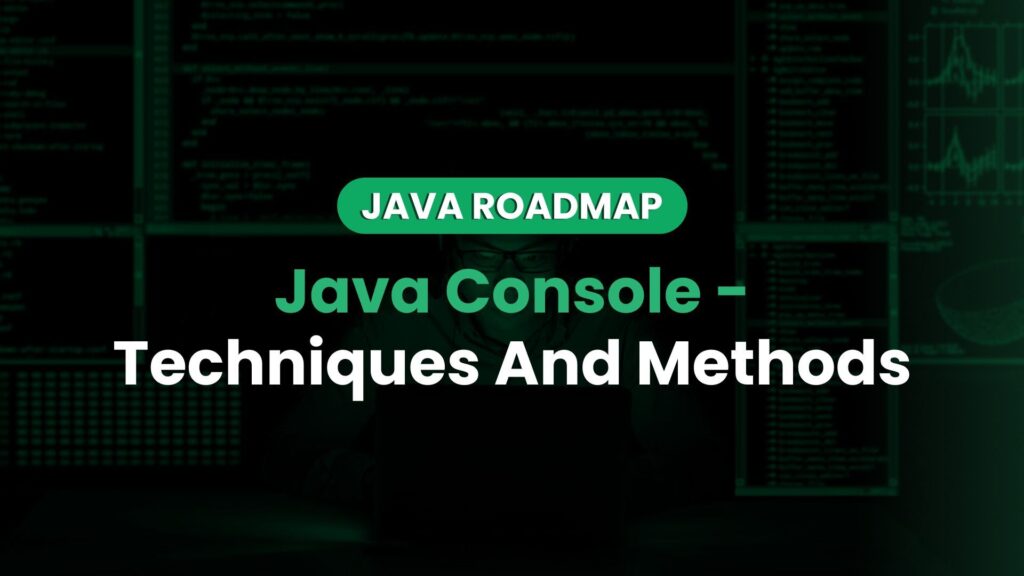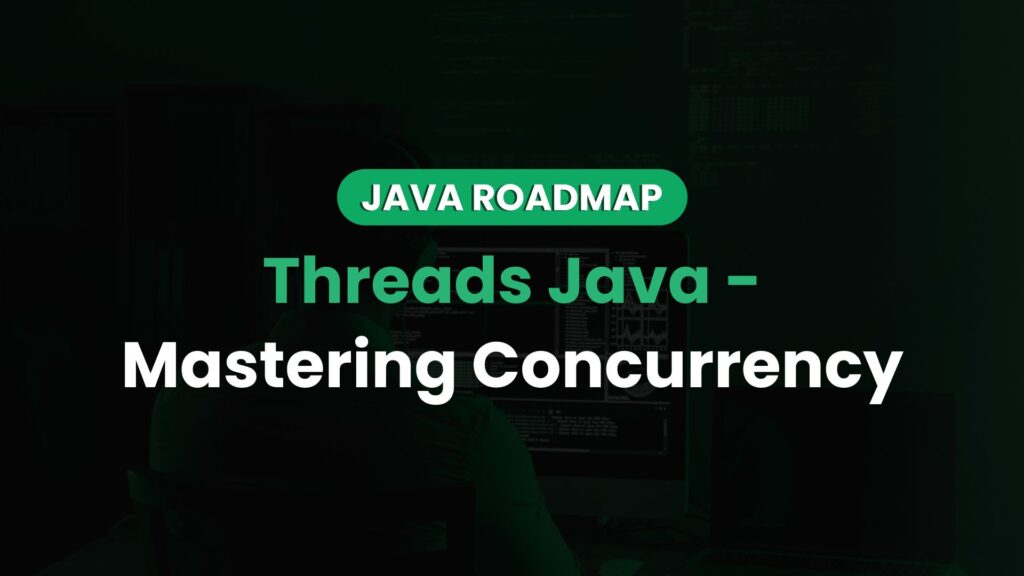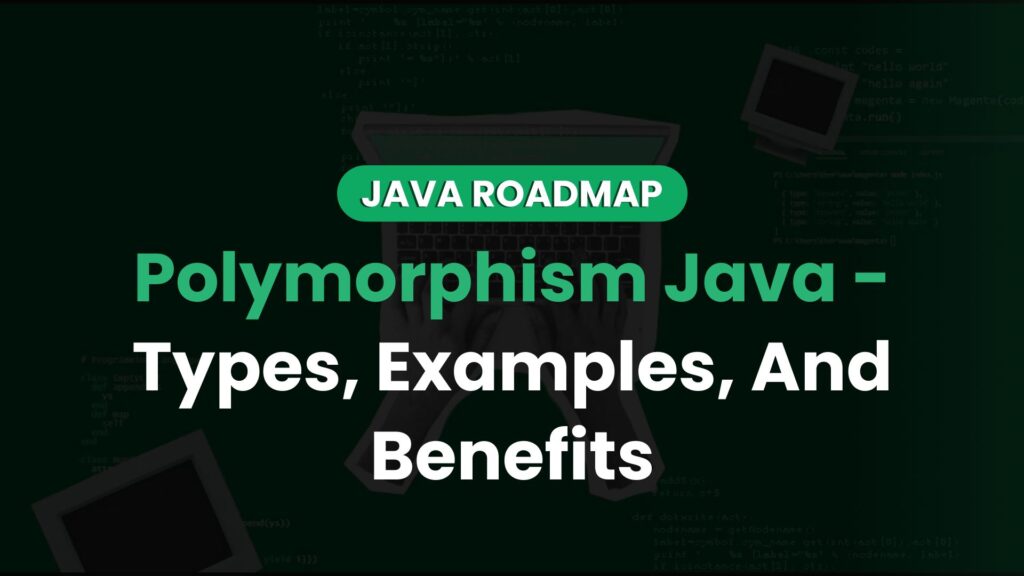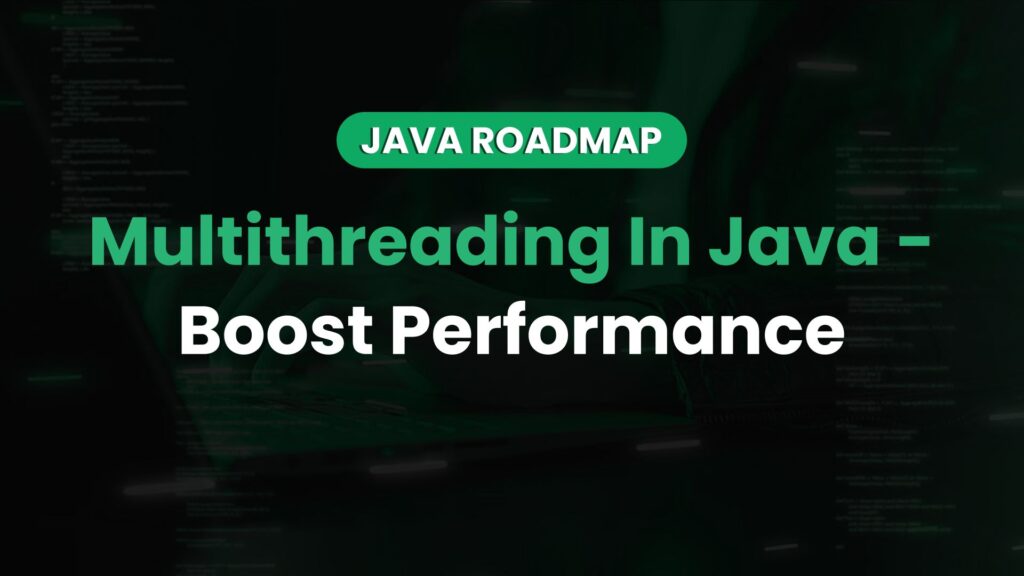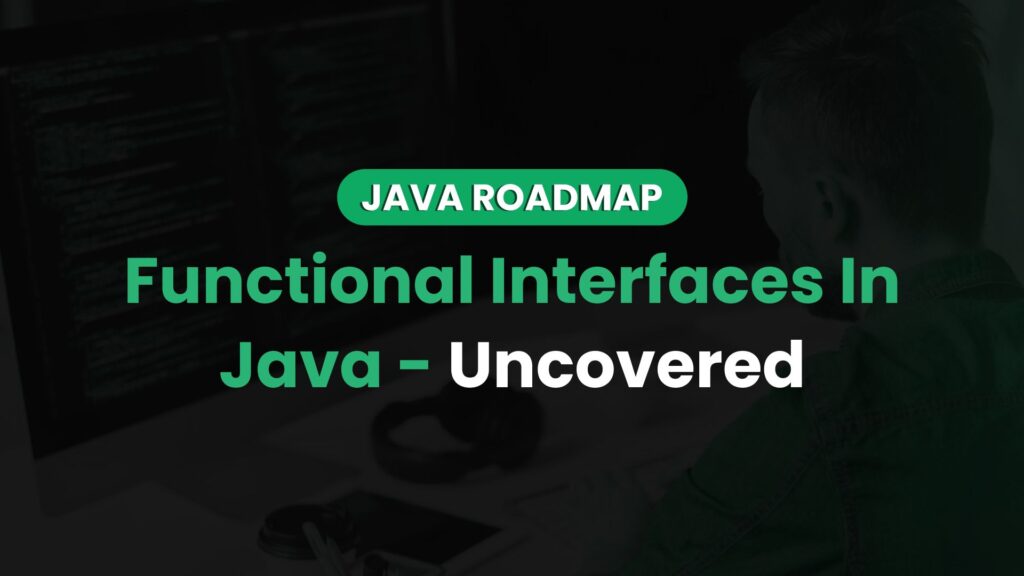In Java, the List interfaces is a fundamental part of the Collections Framework. It represents an ordered collection of elements, allowing duplicates and providing various operations to manipulate and access the elements. The List interface in Java represents an ordered collection of elements. It extends the Collection interface and adds specific operations for working with […]
Category Archives: Java Roadmap
Introduction To Java Console When developing interactive Java applications, reading input from the console is a fundamental requirement. Whether you’re building a command-line tool or a text-based game, it’s essential to know how to capture user input effectively. In this article, we’ll explore various techniques to read input from the console in Java, covering both […]
Take the example of your smartphone, which is a complex device with various features and components. Just like in encapsulation in java, the smartphone has its own private battery, internal storage, camera, and other hardware components. These components are packed (encapsulated) within the smartphone, hidden from direct access by the user. The user interacts with […]
Before everything, let’s understand what is a threads in Java and what is multithreading. In Java, a `thread` is a unit of execution that enables `concurrent programming`. It allows multiple tasks to be executed simultaneously within a program. `Threads` operate within a `single process`, `share memory`, and enable efficient `resource utilization`. They are vital for […]
Polymorphism is one of the 4 pillars of Object-Oriented Programming. It is a combination of two Greek words: poly and morphs. “Poly” means “many,” and “morphs” means “forms.” So in Java, polymorphism means many forms. Polymorphism is defined as the ability of a message to be displayed in more than one form. Let’s understand the […]
Imagine you have a family tree. At the top, you have your grandparents, who have certain traits and characteristics. They pass down these traits to their children, who, in turn, pass them down to their own children. This process of passing down traits and characteristics from generation to generation is similar to inheritance in Java. […]
In Java, Synchronization of multiple things means ensuring smooth coordination and teamwork among different elements. It’s about making sure that everyone is on the same page, acting together seamlessly, and avoiding conflicts or confusion. Let’s see a scenario with the absence of Synchronization. Imagine you and your two friends have a joint bank account with […]
To understand a concept, we should first understand its what, why, and how. Let’s learn about what is Multithreading but before there is an important concept called `Multitasking`, we need to learn before. What Is Multitasking? As the name suggests, multitasking refers to handling or performing multiple tasks at the same time. Imagine you’re in […]
Introduction In Java, sorting elements is a common task in many applications. The Comparator interface provides a powerful tool for implementing custom sorting logic based on specific criteria. By using the Comparator interface, developers can sort objects in a flexible and customizable manner. This article will explore the Comparator interface in detail, including its purpose, […]
Introduction Functional interfaces are a key feature introduced in Java 8 to support functional programming concepts. They play a crucial role in enabling the use of lambda expressions and method references, making code more concise and expressive. In this article, we will explore what functional interfaces are, their significance, and provide real-world use cases with […]

